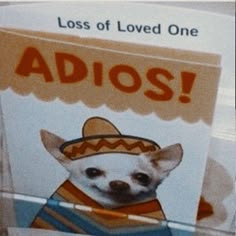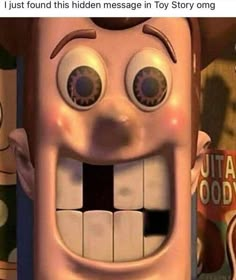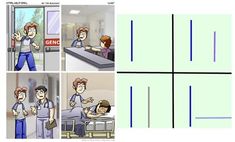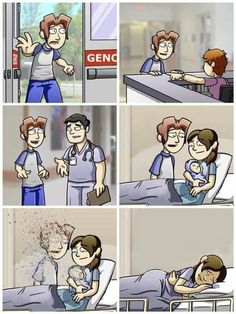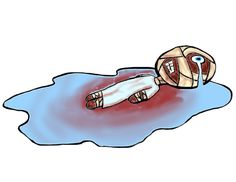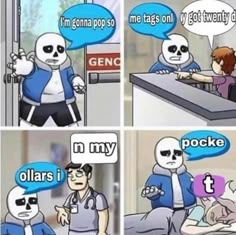Decoding Loss: The Story Behind the Internet's Most Enduring Meme
Summary
The Loss meme, originating from a 2008 Ctrl+Alt+Del comic, transformed from a serious attempt at emotional storytelling into a ubiquitous internet joke. This blog post explores the meme's origins, its minimalist structure, its various adaptations, and the reasons behind its enduring popularity within internet culture. It examines how the meme's recognizability, irony, and versatility have contributed to its longevity, making it a fascinating case study in the evolution of online humor.
Loss Meme: From Gaming Comic to Internet Phenomenon
The Loss meme, also known as "Loss.jpg," is a widespread internet meme originating from a 2008 Ctrl+Alt+Del (CAD) webcomic strip. Understanding its journey from a serious comic to a ubiquitous meme requires exploring its origins, evolution, and the reasons behind its enduring popularity.
The Birth of Loss: A Comic Strip's Misstep
Ctrl+Alt+Del, created by Tim Buckley, was a gaming-themed webcomic known for its lighthearted and humorous content. However, on June 2, 2008, Buckley published a strip titled "Loss." This strip deviated sharply from the comic's usual tone, depicting the protagonist, Ethan, entering a hospital and discovering that his girlfriend, Lilah, has suffered a miscarriage. The comic's serious subject matter and perceived melodramatic execution were met with criticism and ridicule from readers, who felt it was out of place within the context of the comic's established style.
From Criticism to Meme: The Internet's Response
The negative reaction to "Loss" led to its transformation into a meme. Instead of simply criticizing the comic, internet users began to parody and deconstruct it. The core of the meme lies in the four panels of the original comic, each featuring a specific arrangement of characters. These arrangements became instantly recognizable and were soon abstracted into minimalist representations.
The Anatomy of Loss: Recognizing the Pattern
The "Loss" meme is characterized by its minimalist representation of the original comic's four panels. The most common form involves reducing each panel to a simple arrangement of lines and shapes, representing the characters' positions. The key is the sequence:
- Panel 1: A character standing.
- Panel 2: A character standing and another lying down.
- Panel 3: Two characters standing.
- Panel 4: A character standing and another leaning or kneeling.
This pattern, regardless of the specific visual representation, is what defines the "Loss" meme. It can be found in various forms, from simple line drawings to elaborate recreations using different characters, objects, or even real-life situations.
The Evolution of Loss: Variations and Adaptations
Over time, the "Loss" meme has evolved into countless variations. Some examples include:
- Minimalist Representations: As mentioned above, the most common form involves reducing the panels to simple lines and shapes.
- Character Swaps: Replacing the original characters with characters from other franchises, such as video games, movies, or anime.
- Object Representations: Using everyday objects to represent the characters and their positions.
- Real-Life Recreations: Staging real-life scenes that mimic the panel arrangements.
- Hidden Loss: Embedding the "Loss" pattern subtly within other images or videos, requiring viewers to recognize the underlying structure.
Why Loss Endures: The Appeal of Recognition and Irony
The enduring popularity of the "Loss" meme can be attributed to several factors:
- Recognizability: The meme's simple and easily recognizable pattern allows for quick and widespread dissemination.
- Irony: The juxtaposition of the meme's dark subject matter with its minimalist and often humorous representations creates a sense of irony that appeals to internet users.
- Versatility: The meme's adaptability allows it to be applied to a wide range of contexts and situations.
- In-Jokes: The meme's origins in a specific webcomic create a sense of shared knowledge and inside jokes among those familiar with its history.
The Impact of Loss: A Case Study in Meme Culture
The "Loss" meme serves as a fascinating case study in meme culture, demonstrating how a piece of content initially intended to be serious can be transformed into a source of humor and irony through the collective efforts of internet users. Its enduring popularity highlights the power of the internet to remix, reinterpret, and repurpose content in unexpected ways. The meme's ability to persist and evolve over time is a testament to its adaptability and its resonance with the internet's unique sense of humor.
Loss Today: Still Relevant?
Even years after its inception, the "Loss" meme continues to appear online. Its continued presence demonstrates its staying power and its ability to adapt to changing internet trends. While its popularity may fluctuate, the meme's underlying structure and its association with irony and shared knowledge ensure its continued relevance within internet culture. It's a reminder that even seemingly failed attempts at serious content can find new life and meaning through the transformative power of the internet.
In conclusion, the Loss meme is more than just a series of lines and shapes; it's a symbol of internet culture's ability to find humor in unexpected places and to transform serious content into something entirely new. Its enduring popularity is a testament to its recognizability, versatility, and its resonance with the internet's unique sense of irony.

